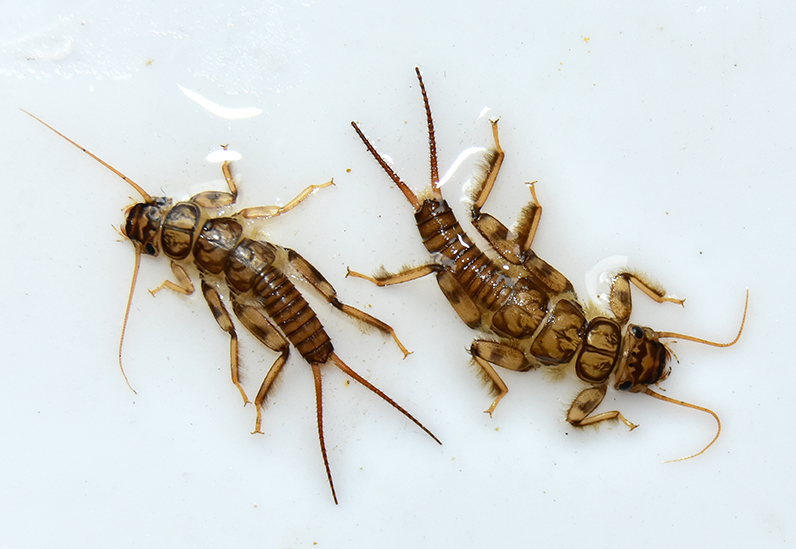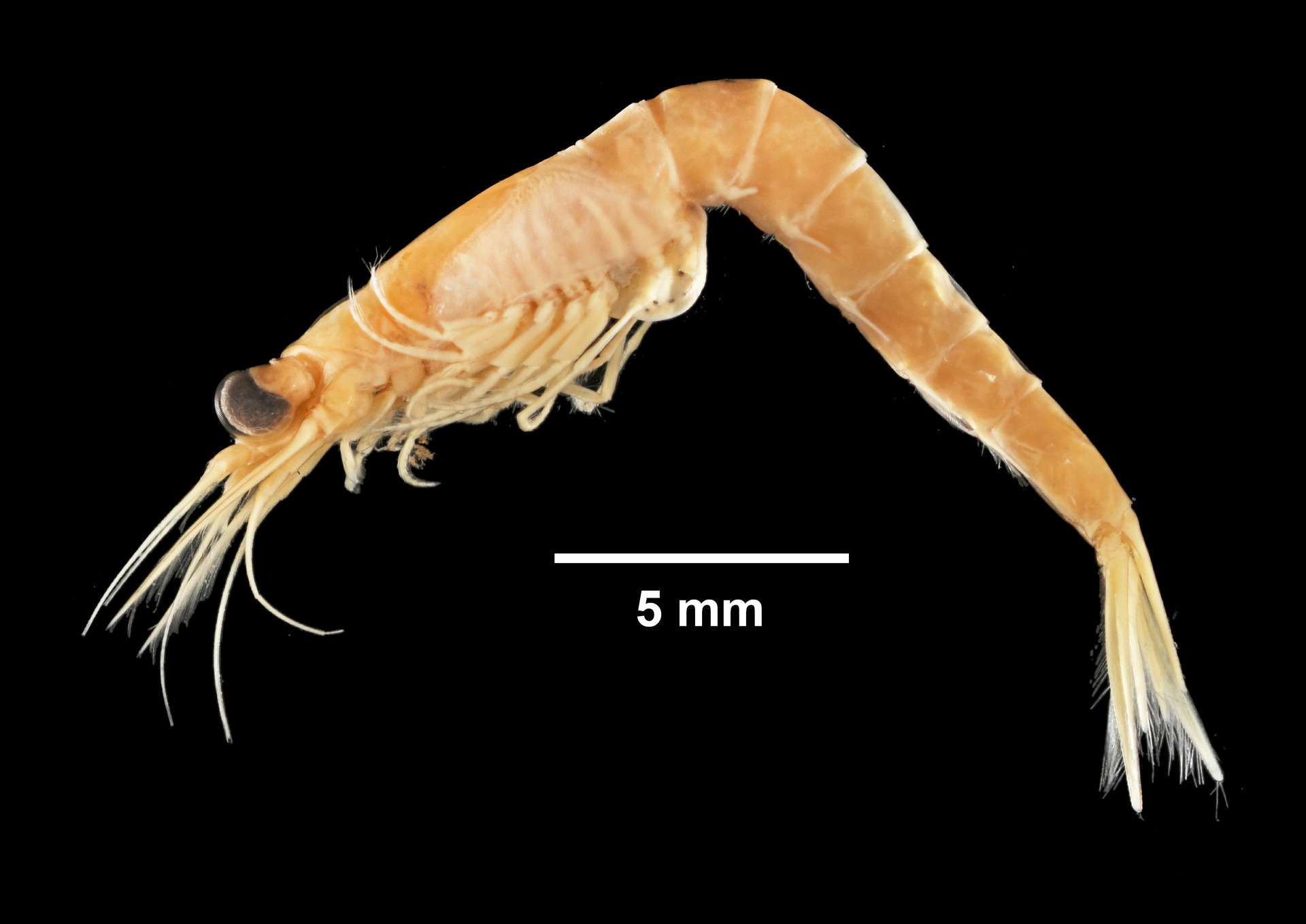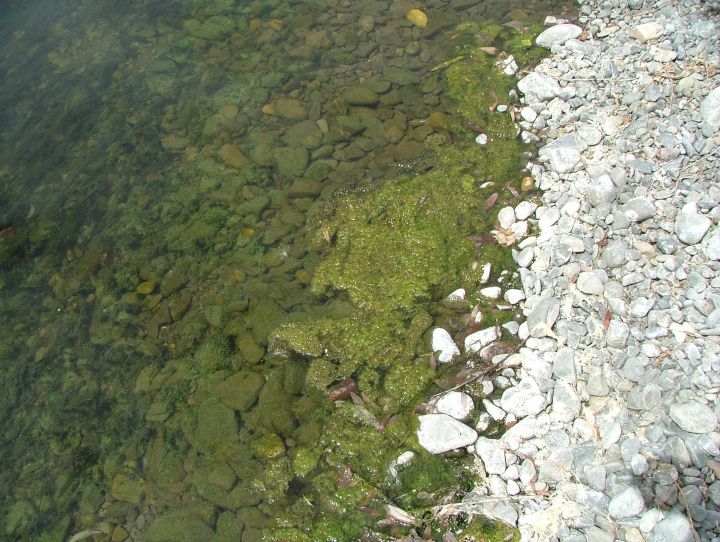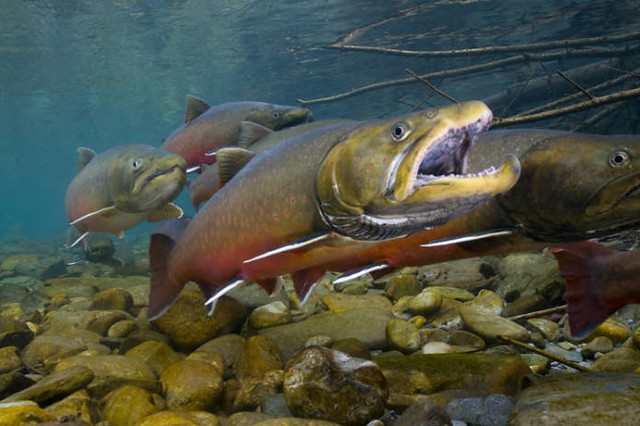WLI is conducting research on the biological communities of the lake to better understand its trophic structure.
Biological Communities Research
In 2013, WLI conducted a 395 point macrophyte and substrate survey along the Whitefish Lake shoreline The survey consisted of determining the composition and relative abundance of plant species at each location, along with characterizing the lake substrate to determine areas suitable for plant colonization.

No exotic invasive species were found. Six additional lakes were chosen for macrophyte surveys and early AIS detection in 2014. Lakes were chosen based on proximity to Whitefish Lake and include: Blanchard, Dollar, Lost Coon, Murray, Skyles and Spencer. Lakes were sampled within the first eight days of September. Additional surveys have been conducted by WLI for early detection monitoring of Eurasian watermilfoil (EWM) at many locations including Beaver Bay, Lazy Bay, State Park, the outfall of Viking Creek and City Beach. No EWM was discovered during the surveys, however, additional surveying will continue based on suitable areas for colonization, recreational pressure, and proximity to Beaver Lake which does have EWM. Results of these studies can be found in the Whitefish Water Resources Report: A Status of the Whitefish Lake Watershed and Surrounding Area.
Aquatic Macroinvertebrates were sampled by WLI and analyzed by Rithron Associates in 2015 to determine community assemblages and their relative pollutant tolerance.

WLI sampled Whitefish Lake as well as its tributaries including the East Fork of Swift Creek, West Fork of Swift Creek, Swift Creek Mainstem, Lazy Creek, Hellroaring Creek, Beaver Creek, Viking Creek, Upper Whitefish River, Cow Creek, Haskill Creek, and Walker Creek. Macroinvertebrates such as insects, worms, mussels, and snails, tend to be sensitive—in varying degrees— to pollutants. When found in large numbers, macroinvertebrates that require high dissolved oxygen levels tend to indicate good water quality. Because many macroinvertebrate community assemblages change with declining water quality, they are good indicators of negatively impacted water quality. Existing populations can also elucidate specific aquatic ecosystem changes such as increases in sediment and thermal pollution. Sampling and identifying macroinvertebrate life allows researchers to set a baseline of water quality from which to measure any changes.
Thanks to funding from the Cadeau Foundation, WLI now has a professionally conducted baseline macroinvertebrate survey that helps describe the health of Whitefish Lake tributaries, Whitefish Lake, and Whitefish Lake Watershed streams. Based on the scoring criteria used in the survey, WLI found that four sites were classified as nonimpaired. These were Hellroaring, Smith, Swift Delrey and Swift Olney. Two sites, Haskill and Lazy, were slightly impaired. Three sites were classified as moderately impaired: Viking, Walker and Whitefish River. Beaver and Cow were classified as severely impaired. This information will also be used to compare future research results, allowing WLI to report changes from outside influences such as development, pollutants, and climate. More results sand details from this baseline survey can be found in the Whitefish Water Resources Report: A Status of the Whitefish Lake Watershed and Surrounding Area.
Mysis shrimp (Mysis diluviana) are a nonnative species introduced to Whitefish Lake in 1968, and a species of concern regarding the trophic status of the lake.

The introduction of Mysis shrimp has been described as the most deterministic event in the legacy of Flathead Lake and the Flathead Basin. Mysis introductions were expected to provide a food source for benthic-feeding fishes such as lake trout, and for pelagic planktivores such as kokanee salmon. However, it was discovered that the expected increased forage for kokanee salmon from the Mysis shrimp introduction was based incorrect interpretations of the results of introductions elsewhere. Mysis shrimp have had significant adverse impacts on the Flathead Lake ecosystem, so it is important that we assess their population densities and distribution locally. Mysis studies are being compared to prior studies in the 1980s to provide a necessary update regarding the trophic status and dynamics of Whitefish Lake. Results inform management activities on the relationship to fish populations and nutrient cycling to understand food web dynamics for recreational angling, and for the overall economic benefit of the lake to the community.
Periphyton is a complex mix of algae, cyanobacteria, microbes, and detritus that is attached to submerged surfaces in aquatic ecosystems.

Like macroinvertebrates, periphyton is an important water quality indicator because it is sensitive to change, and is fairly easy to sample. Periphyton has long been used as a water quality indicator in lotic systems (streams and rivers), but no metrics have yet been developed for determining periphyton tolerance in lentic systems (freshwater lakes and ponds). This study not only provides a needed benchmark for the Whitefish Lake Watershed, but will also have a multiplier effect, furthering science through the development of periphyton analysis for other lakes in the northwest Montana region. Understanding periphyton will further WLI’s knowledge of and ability to manage the waterbodies of the Whitefish Lake Watershed and provide aquatic resource managers with a new management tool. Thanks to funding provided by the Cadeau Foundation, WLI has baseline periphyton information for a better description of the health of Whitefish Lake.
WLI participated in the U.S. Forest Service (USFS) Rangewide Bull Trout eDNA Study in the Whitefish Lake Watershed by collecting samples in local streams in 2017 and 2018. Environmental DNA (eDNA) refers to fragments of genetic material from plants or animals that naturally occur in the environment.
In the case of fish, DNA is contained in cells that are continually shed into the water, thus becoming “eDNA.” Each species of DNA is unique and can be detected in very small quantities. Scientists can now quickly confirm if a certain species is present in a stream by filtering the water and using laboratory analysis to look for its unique DNA.
The USFS states on the Rangewide Bull Trout eDNA Project website that though once abundant, Montana’s native bull trout have declined in many locations and are at risk from a changing climate, non-native species competition, and habitat degradation. The Rangewide Bull Trout eDNA Study is determining the distribution of bull trout throughout the Pacific Northwest. Thanks to this funding, WLI is one of many organizations contributing to this effort.
Bull Trout eDNA Results
WLI collected samples for the Lazy, Swift, and Haskill drainages. Bull trout were absent in Lazy and Haskill Creeks. Since we know that bull trout utilize the mainstem of Swift Creek, and the West Fork of Swift Creek, WLI prioritized sampling efforts on tributaries to those streams.
Notable findings from the survey include the presence of bull trout in lower Chicken, Antice and Stryker Creeks. Montana Fish, Wildlife & Parks have no prior records of bull trout in those streams. It could be that juvenile bull trout move up these streams to rear before out-migrating to Whitefish Lake, however, further surveys are needed to determine the full distribution, while field verifying the eDNA results.
Understanding the life history needs for the Whitefish Lake / Swift Creek bull trout population is vital to protect this threatened species. Since 1998, the number of bull trout redds (spawning nests) in Swift Creek and the West Fork of Swift Creek have ranged from 5-17. The average for the last six years was 12.8, demonstrating perilously low numbers for this adjunct population. Recovery of this population will be difficult given the strong food web control by the lake trout population in Whitefish Lake.


